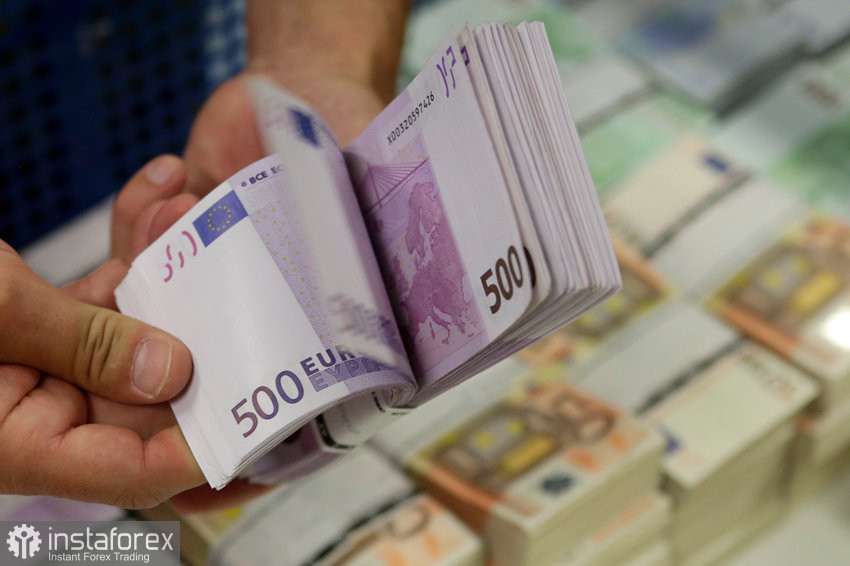Yesterday's statements by Federal Reserve Chair Jerome Powell reminded everyone who still had doubts that the regulator has no intention of sitting idly by and waiting for labor market and inflation data before taking action.
But apart from the Fed's dovish tone, attention should also be paid to the comments of European Central Bank (ECB) officials — without whom nothing ever happens.

ECB Governing Council member Gabriel Makhlouf yesterday dismissed concerns about inflation falling below the 2% target, saying that in fact he is more worried that it might once again rise above that threshold. This provided additional support for the euro, as it reaffirmed the ECB's commitment to a restrictive policy stance.
"Overall, I'm more focused on the factors that could push inflation up than on those that could slow it down," said the head of Ireland's central bank. "In these debates about missing the target level, I'm more concerned that we'll end up above, rather than below, 2%."
Makhlouf's statement came amid a growing debate about the future of ECB monetary policy. While some analysts predict slowing inflation and are calling for policy easing, others — including Makhlouf — remain cautious about the potential resurgence of inflationary pressures.
Arguments in favor of a tighter policy are supported by several factors. First, despite recent declines, inflation in the eurozone remains above target, indicating persistent risks. Second, continued wage growth and steady demand in the economy could create conditions for further price increases. Finally, geopolitical uncertainty and potential supply disruptions stemming from U.S.–China trade tensions also pose a threat to price stability.
In response to concerns about falling inflation, Makhlouf emphasized that the ECB's main task is to ensure price stability. He noted that to achieve this goal, it is necessary to maintain a restrictive monetary policy until inflation sustainably returns to the target level.
The euro's rise following Makhlouf's remarks indicates that markets view his comments as confirmation of the ECB's commitment to fighting inflation. This could lead to further strengthening of the European currency, which, in turn, might slightly ease inflationary pressure. However, the ultimate impact of these factors on the economy and monetary policy will depend on future developments and the ECB's decisions.
Makhlouf's comments also underscore that policymakers remain alert to the uncertainty facing the eurozone economy, even though inflation is hovering near the target level. Several ECB officials have recently said that they see risks to the inflation outlook as balanced. Makhlouf took a different view, saying he believes they are "slightly tilted to the upside." He also stated that the latest economic data gave him more confidence in the ECB's September forecasts, which project GDP growth of 1.2% in 2025 and 1% in 2026.
"The situation can change very quickly — remember China's decision to restrict rare earth metal exports and the threat of a 100% tariff from the U.S.," he said. "But putting that aside, the European economy has shown resilience."
Technical Outlook for EUR/USD
As for the current technical picture of EUR/USD, buyers now need to think about taking control of the 1.1650 level. Only then will it be possible to aim for a test of 1.1680. From there, the pair could climb to 1.1715, but doing so without support from major players will be quite difficult. The furthest target is the 1.1745 high. In case the instrument declines, I expect significant buying activity only around 1.1615. If no large buyers appear there, it would be better to wait for a renewal of the 1.1580 low or to open long positions from 1.1545.
Technical Outlook for GBP/USD
As for GBP/USD, pound buyers need to capture the nearest resistance at 1.3360. Only then will it be possible to aim for 1.3390, above which it will be rather difficult to break through. The furthest target is the 1.3425 level. If the pair falls, the bears will try to take control at 1.3330. If they succeed, a break below this range would deal a serious blow to the bulls' positions and push GBP/USD toward the 1.3290 low, with the prospect of moving down to 1.3250.





















